figurative language
1/15
There's no tags or description
Looks like no tags are added yet.
Name | Mastery | Learn | Test | Matching | Spaced |
|---|
No study sessions yet.
16 Terms
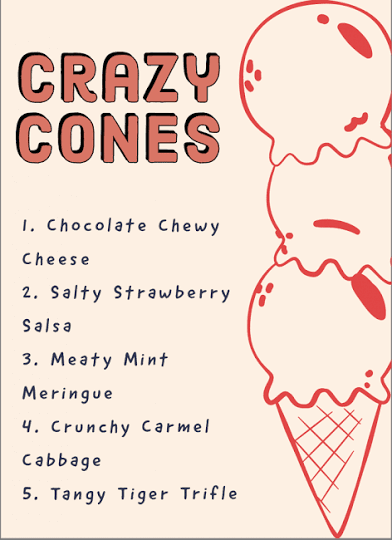
Alliteration
Alliteration is the repetition of the same consonant sound at the beginning of nearby words
-Peter piper picked a peck of pickled peppers
AP tip: explain what effect it creates and why it matters to the passage’s tone, mood, or meaning.
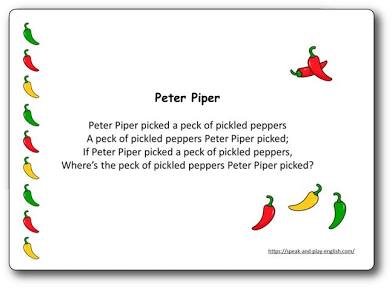

Anaphora
Anaphora is the repetition of a word or phrase at the beginning of successive clauses, sentences, or lines. Used to emphasizes feeling
“Every day, every night, in every way, I am getting better and better.”
AP tip: Why is this repetition necessary here? What idea is the author intensifying?

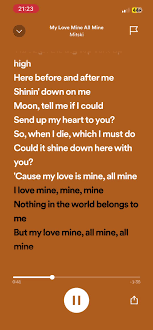
Apostrophe
Apostrophe is a figure of speech in which a speaker directly addresses someone or something that isn’t present, such as an abstract idea, a dead person, an inanimate object, or a non-human entity
“O Death, where is thy sting? O Grave, where is thy victory?”
AP tip: think about what it reveals about the speaker’s emotional state or the thematic significance of who or what is being addressed.

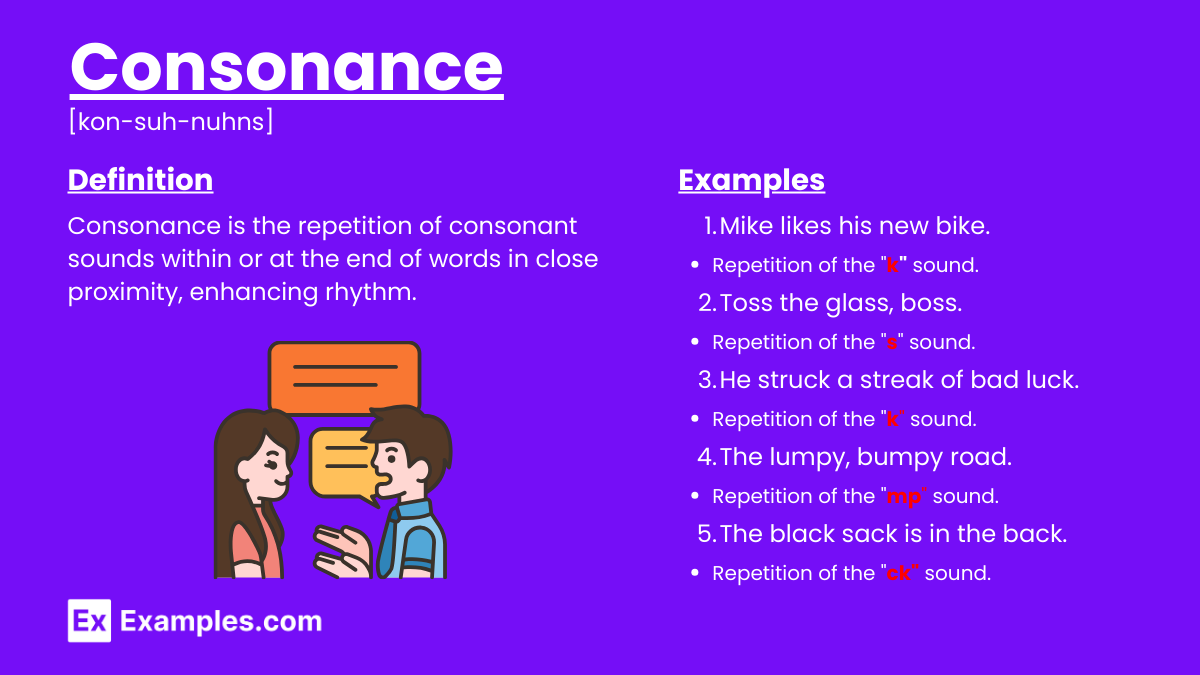
Consonance
the repetition of consonant sounds in close proximity, typically at the end or middle of words. Alliterations cousin
The lumpy, bump road. Toss the glass, boss. The black sack in the back
AP tip: ask how it contributes to tone, pacing, or sound imagery. Is it soft and soothing, or harsh and jarring?
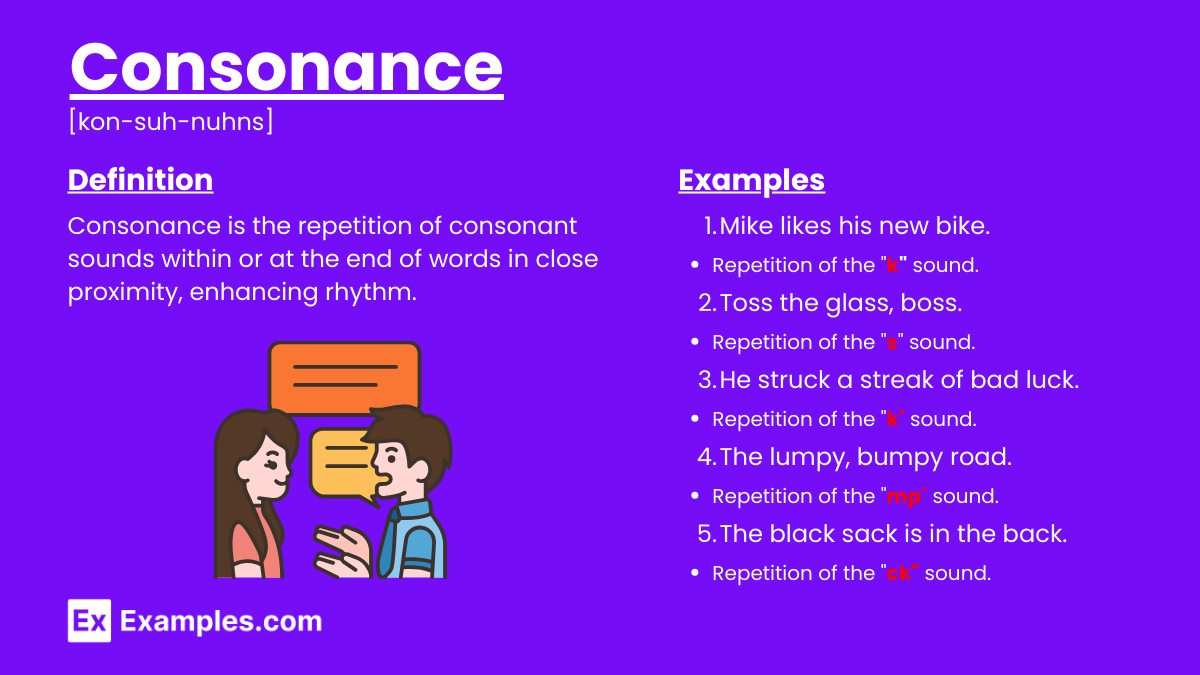
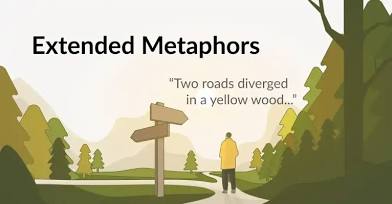
Extended Metaphor
An extended metaphor is a sustained comparison between two unlike things that continues through multiple lines, sentences, or even an entire passage or work
The road not taken, “all the worlds a stage”
AP tip: trace how it evolves over the passage, and explain what new insights it offers about the subject. Think why this metaphor? and how far does the comparison go?

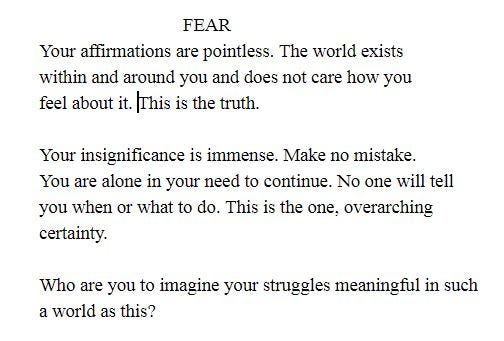
Dramatic monologue
A dramatic monologue is a poem or speech in which a single character speaks to a silent listener, unintentionally revealing their personality, motivations, and inner conflicts through their words. Offers deep psychological insight into a character
AP tip: link it to the theme or character arc. Ask: What emotional or thematic payoff does this clue set up later in the text?
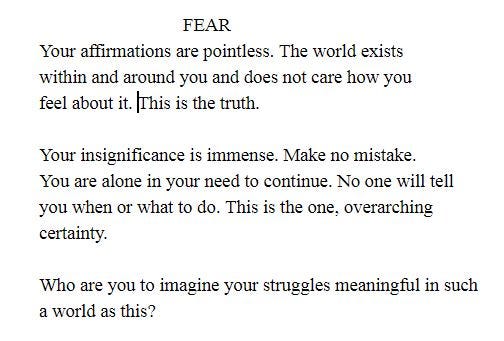
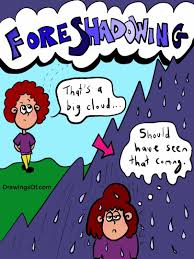
Foreshadowing
Foreshadowing is a literary device in which an author hints at events to come later in the narrative
AP lit tip: link it to the theme or character arc. Ask: What emotional or thematic payoff does this clue set up later in the text?
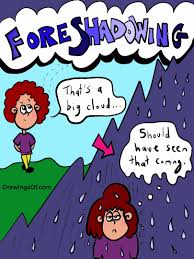

Motif
A motif is a recurring element—such as an image, symbol, word, phrase, idea, or situation—that appears throughout a literary work and helps develop the theme, tone, or characterization
AP lit: analyze how its repetition builds meaning across the text. Ask: What idea or emotion does this motif evolve or reinforce?

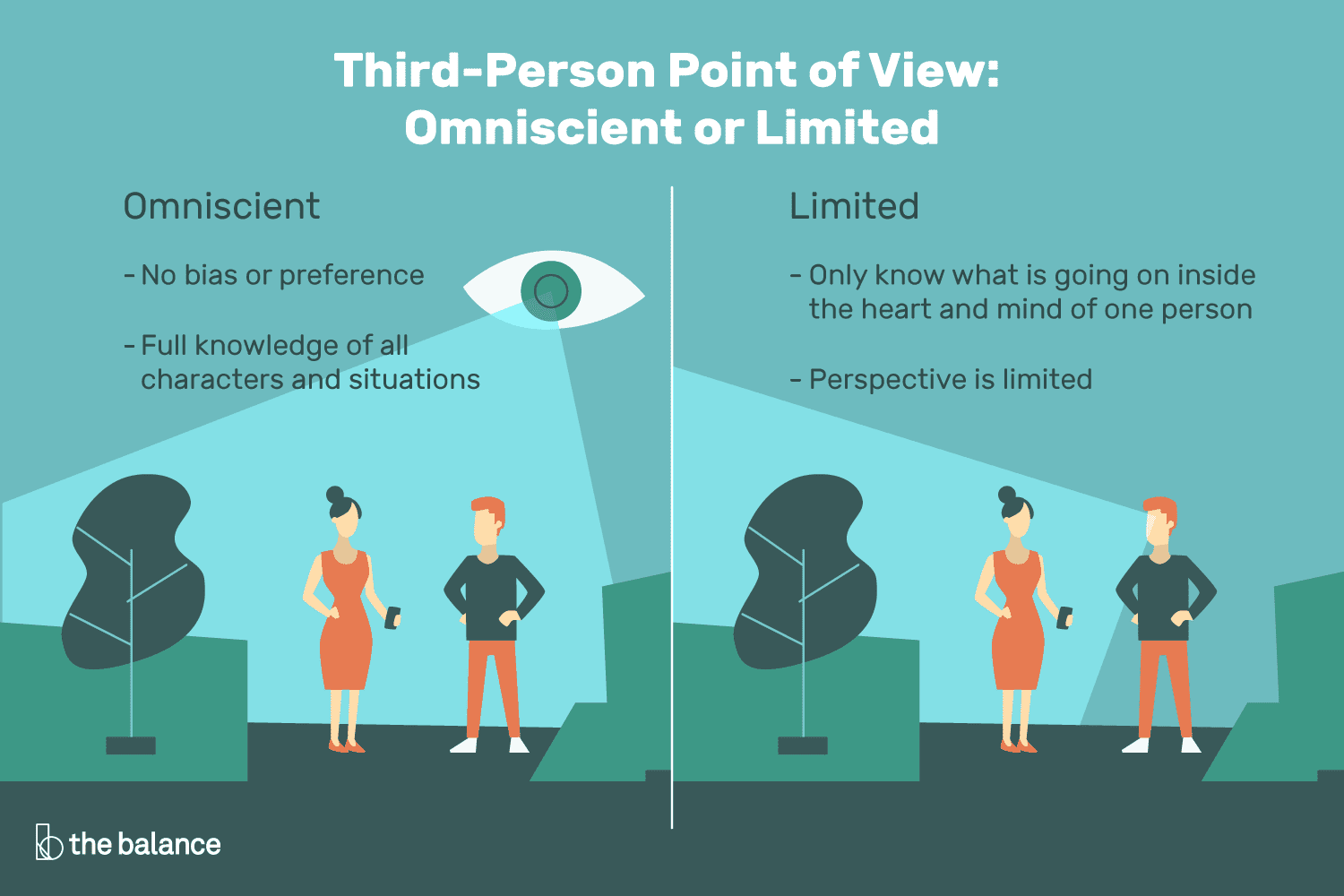
Third-person Limited
point of view in which the narrator is outside the story (uses “he,” “she,” or “they”) but only knows the thoughts and feelings of one character—usually the protagonist. The narrator presents events as that character experiences them, limiting the reader’s knowledge to their perspective. Narrator is not a character!
AP tip:What do we gain—or miss—by only seeing one character’s point of view?
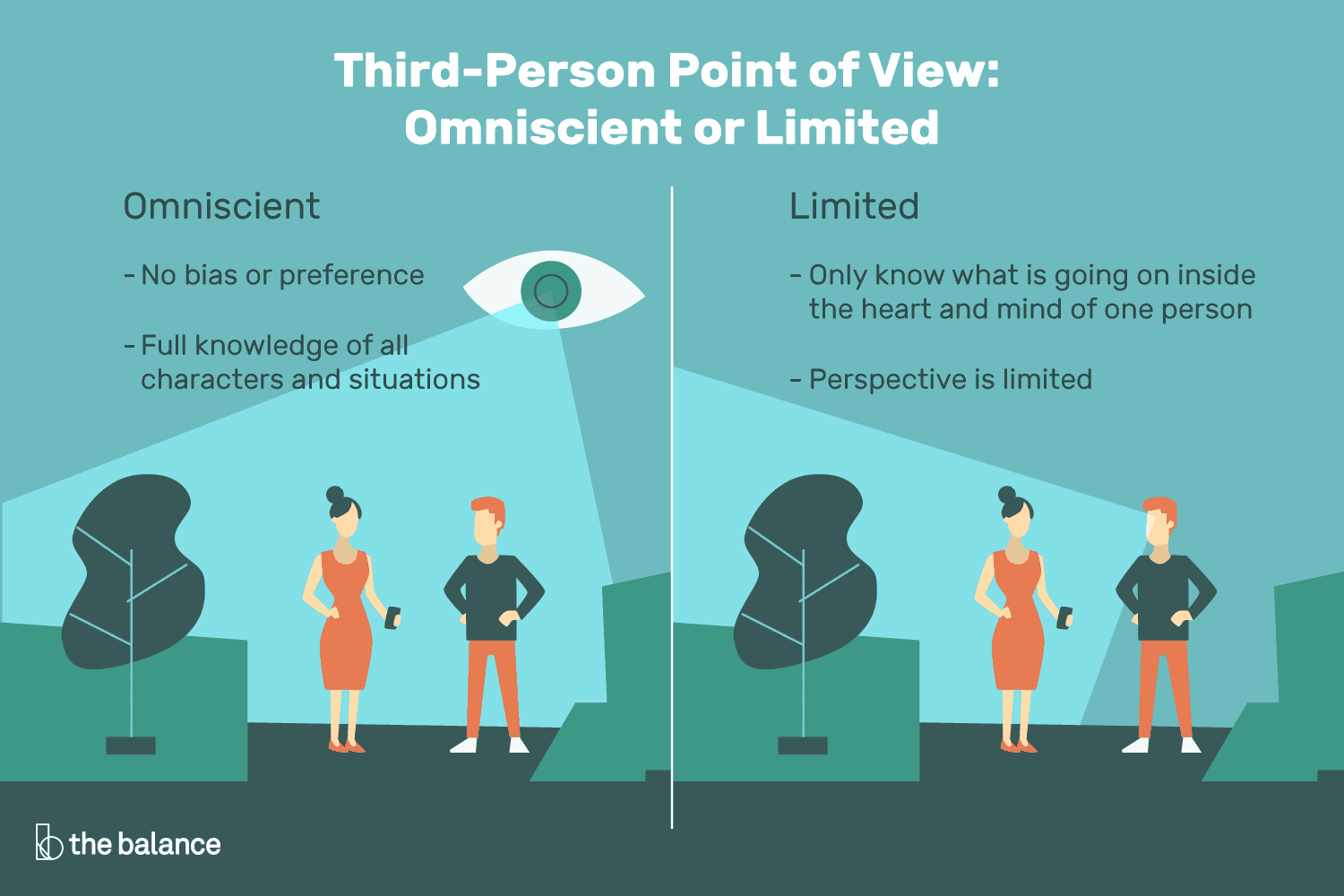
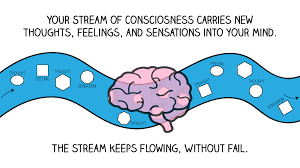
Stream of consciousness
Stream of consciousness is a narrative technique that attempts to capture a character’s thoughts, feelings, and sensory experiences in a continuous, unfiltered flow
AP tip: How does the lack of structure reveal deeper emotional or psychological truths about the character?
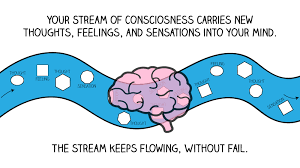
Eye dilate
Eye dialect is the deliberate misspelling of words to represent how they sound in a specific regional or social dialect. It shows accent, speech patterns, or education level without changing pronunciation much—readers “hear” the character’s voice through spelling
AP tip: What does the author want you to understand about the character’s identity or status?
Dark or desolate setting in nature
A dark or desolate natural setting refers to a landscape that is barren, eerie, isolated, or threatening, often used to reflect a character’s emotional state, create a mood of dread or despair, or symbolize danger, death, or the unknown
Common in Gothic, Romantic, modernist literature
Narrator in close proximity
A narrator in close proximity refers to a narrative voice that is closely aligned with a specific character’s inner world, often giving readers direct access to their thoughts, emotions, and perceptions.
AP tip:How does the closeness of the narrator shape our understanding of the character and themes? A close-proximity narrator can build bias, unreliability, or emotional resonance
Diverse syntax
“It was the best of times, it was the worst of times…”
This diverse syntax mirrors the contradictions in the novel’s theme of revolution.
Third person omniscient narrator
A third-person omniscient narrator is a narrator who knows all: their scope includes the thoughts, feelings, and experiences of every character in the story, as well as knowledge of events that happen outside the narrative or in the future. The narrator is all-knowing and often has an objective or distant tone, but may also reveal personal insights or commentary.
AP tip: Is the omniscience used to create dramatic irony, build tension, or offer unbiased insight into the characters?
Varied syntax
Boring ahh?